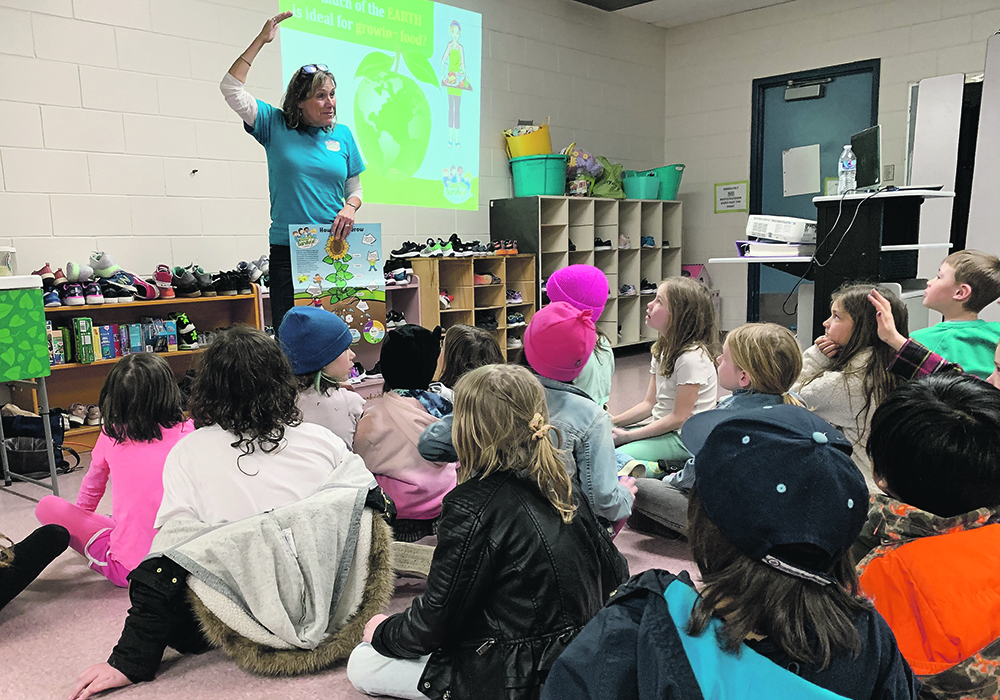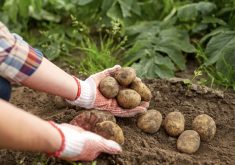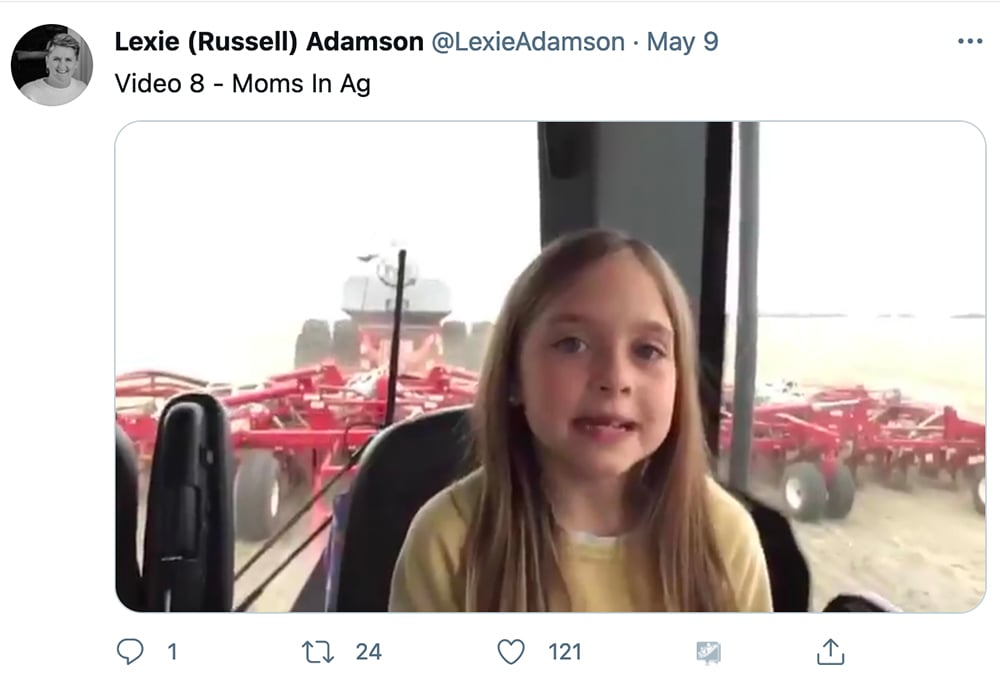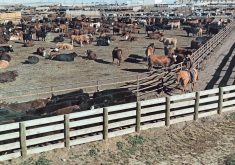The Seed Survivor program sends mobile classrooms to schools around North America to teach students about agriculture
How tall does a sunflower get?
“As tall as a giant?” offers an excited Grade 3 student to retired farmer Diane Mauthe’s question.
Not quite, Mauthe tells him, but she surprises many of the students at Robert H. Smith school when she tells them that sunflower crops will be taller than most of their parents, and far taller than kids. They could get lost inside a sunflower crop.
Also, farmers need to harvest them before birds pounce on their heads and eat all the seeds.
It’s information that wouldn’t surprise anybody who grew up on a farm or deals with agriculture, but the reality of this central Winnipeg neighbourhood is that few children have any direct connection to a farm and for many of them, food comes from a grocery store.
On this day, many classes of elementary school students have trooped through the Seed Survivor trailer, which is parked behind the school, where they worked on farming-related games, activities and crafts. They have planted sunflower seeds in little pots and learned about soil, water and the basics of growing a food crop.

It’s a hit with the kids, many of whom have never thought much about soil, plants and food.
“They’re loving it,” said teacher Rae-Anne Saunders, who prepped her students with materials about agriculture before the Seed Survivor trailer appeared at the school.
“Their hands were up from the beginning. If they (had the time) this presentation would have been two hours.”
That’s the sort of response the program’s staff is hoping for. Seed Survivor is a program funded by fertilizer company Nutrien. It sends the mobile classrooms to schools around North America. Agriculture in the Classroom has provided staff and volunteers, people who get a real workout from the thousands of eager children who rapid-fire questions at them.
“I love the kids,” Diane Mauthe, a retired farmer and volunteer, said at the end of the day’s sessions.
“I’m very passionate about agriculture and the food that comes from it.”
The Seed Survivor trailer at this school is in the midst of a big tour, with four weeks in Winnipeg, two weeks in western Manitoba, a week in Dauphin and time spent in other parts of the province.
“I have learned a lot,” said Christine Kulas, the program co-ordinator for the Manitoba tour.
During this school visit, spirited discussions arose about composting and biological litter, like apple cores. Children wanted to know if all crops could grow in the same sorts of soil, or if different crops liked different soils.

Saunders’ classroom contained a student who had something exceptional about their family: they farm.
“That’s not the norm,” said Saunders.
But the urban kids are getting closer to farmers through programs like this and also Follow the Farmers, which is also operated by Agriculture in the Classroom and allows school classes to interact through live, virtual sessions with farmers.
Saunders’ class has virtually visited a research farm, a potato farm and a tomato farm.
“Farmers take time out of their day and they take videos of their farms and also answer questions live,” said Saunders, delighted with how engaged her students have been.
“It’s awesome.”
















